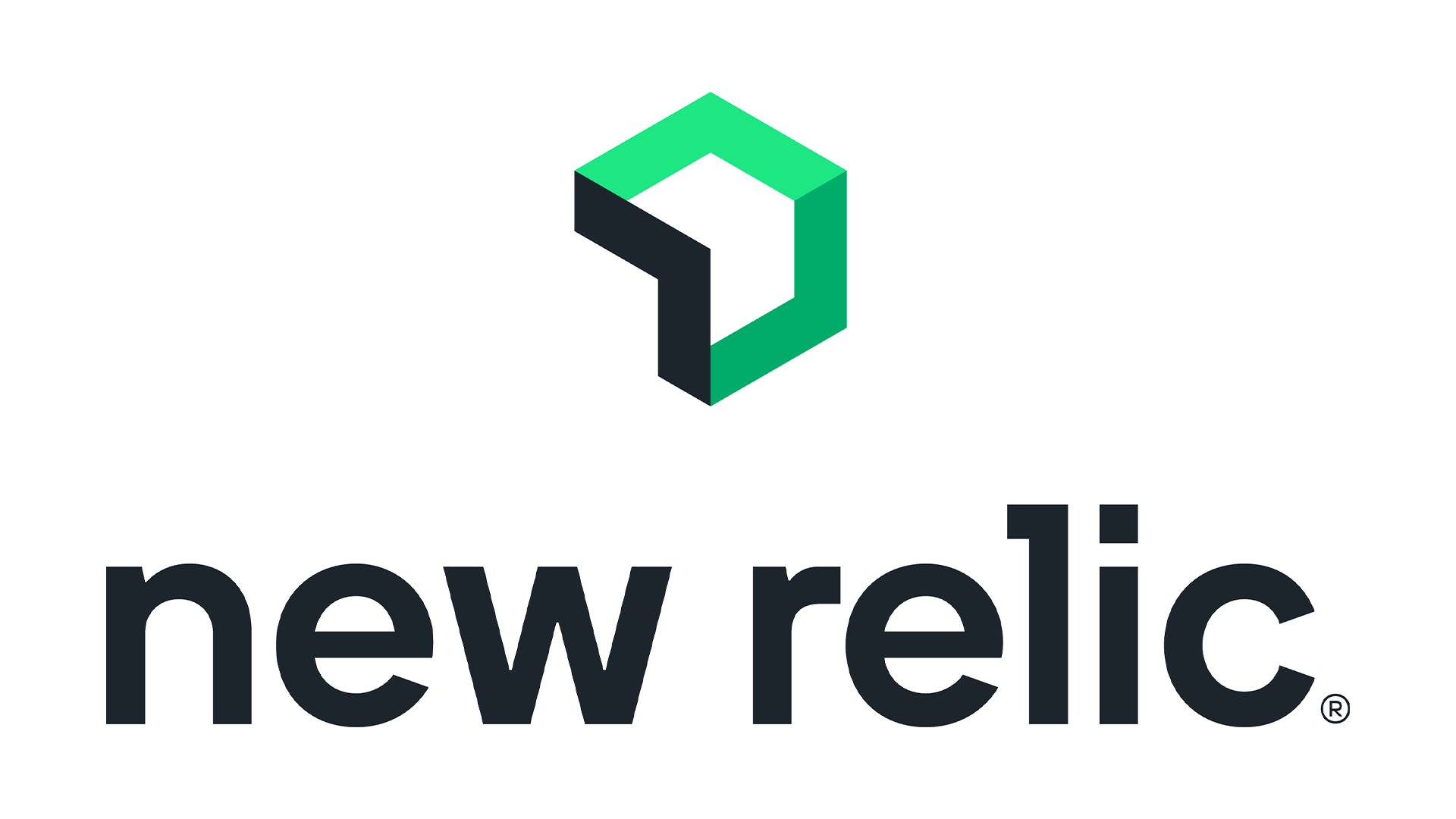How to Detect and Resolve Software-Induced Performance Bottlenecks. Top 7 Tools for Identifying Software Bottlenecks

Introduction
In today’s fast-paced digital world, the efficiency of software applications plays a critical role in determining the success of businesses. Performance bottlenecks can severely impact user experience, leading to dissatisfaction and potential loss of revenue. This comprehensive article delves into the intricacies of software-induced performance bottlenecks, exploring their causes, symptoms, impacts, and solutions. By understanding these elements, businesses can proactively address performance issues, ensuring optimal functionality and user satisfaction.
However, For more best articles visit our WEBSITE.
Understanding Software-Induced Performance Bottlenecks
Definition of Performance Bottlenecks
Performance bottlenecks refer to specific points within a system where the flow of data is impeded, causing a slowdown in processing speed and efficiency. These bottlenecks can occur in various components of the software, including the CPU, memory, disk I/O, or network. Identifying and resolving these bottlenecks is crucial for maintaining the overall health and performance of the software application.
Common Causes of Bottlenecks
Several factors contribute to the formation of performance bottlenecks, including:
- Inefficient Code: Poorly written code can consume excessive resources, leading to slowdowns.
- Resource Contention: When multiple processes compete for limited resources, it can result in bottlenecks.
- Network Latency: Delays in data transmission over the network can cause performance issues.
- Hardware Limitations: Inadequate hardware resources can be a significant cause of bottlenecks.
- Database Queries: Complex or poorly optimized database queries can slow down the application.
Symptoms of Performance Bottlenecks
Slow System Response Times
One of the most noticeable symptoms of performance bottlenecks is the sluggish response time of the system. Users may experience delays in the execution of commands, leading to frustration and reduced productivity.
Increased Load Times
Extended load times for applications and web pages are common indicators of underlying performance issues. This can negatively affect user experience and engagement.
High CPU or Memory Usage
Abnormally high CPU or memory usage is a telltale sign of performance bottlenecks. Such excessive resource consumption often leads to slower system performance and potential crashes.
Impact of Performance Bottlenecks on Businesses
Performance bottlenecks can have a profound impact on businesses, including:
- Reduced Productivity: Employees may struggle with slow systems, leading to decreased efficiency and productivity.
- Customer Dissatisfaction: Users expect quick and responsive applications; any delays can lead to dissatisfaction and loss of customers.
- Revenue Loss: Poor performance can result in lost sales, especially for e-commerce platforms where speed is crucial.
- Increased Operational Costs: Identifying and fixing performance issues often requires significant time and resources.
How to Detect Performance Bottlenecks
Monitoring System Performance
Continuous monitoring of system performance is essential for early detection of bottlenecks. Tools like New Relic and AppDynamics provide real-time insights into system health, allowing businesses to address issues before they escalate.
Analyzing Performance Metrics
Analyzing key performance metrics such as response time, throughput, and resource utilization helps in pinpointing the exact location and cause of bottlenecks. Detailed analysis aids in understanding the performance characteristics of the application and identifying areas for improvement.
Top 7 Tools for Identifying Software Bottlenecks
Tool 1: New Relic

Overview
New Relic is a robust performance monitoring tool that provides deep insights into application performance. New Relic offers real-time analytics and comprehensive dashboards, making it easier to identify and resolve performance issues.
Pros
- Real-time monitoring and analytics
- Comprehensive dashboards
- Easy integration with various platforms
Cons
- Can be expensive for small businesses
- Steep learning curve for beginners
Tool 2: AppDynamics
Overview
AppDynamics is a sophisticated application performance management tool that offers end-to-end visibility into application performance. AppDynamics provides advanced analytics to help pinpoint and resolve bottlenecks quickly.
Pros
- Advanced application performance monitoring
- Real-time business transaction insights
- End-to-end visibility
Cons
- High cost
- Complex setup process
Tool 3: Dynatrace
Overview
Dynatrace leverages AI to provide comprehensive monitoring across the full stack. Dynatrace automatically detects anomalies and offers insights to optimize performance, making it a powerful tool for identifying bottlenecks.
Pros
- AI-driven insights
- Full-stack monitoring
- Automatic anomaly detection
Cons
- Expensive pricing model
- Can be overwhelming due to the breadth of features
Tool 4: SolarWinds
Overview
SolarWinds offers a suite of tools designed for comprehensive infrastructure monitoring. SolarWinds are user-friendly interface and scalable solutions make it a popular choice for identifying and resolving performance issues.
Pros
- Comprehensive infrastructure monitoring
- User-friendly interface
- Scalable solutions
Cons
- Performance can degrade with large data volumes
- Licensing can be complex
Tool 5: Datadog

Overview
Datadog provides real-time monitoring and detailed analytics for various metrics. With extensive integrations and customizable dashboards. Datadog helps businesses maintain optimal application performance.
Pros
- Real-time monitoring and alerts
- Extensive integrations
- Customizable dashboards
Cons
- Cost can add up with extensive usage
- Can be complex to set up
Tool 6: Splunk
Overview
Splunk is a powerful data analysis tool that provides real-time monitoring and advanced analytics. Splunk’s scalability and robust features make it ideal for large enterprises looking to maintain high performance.
Pros
- Powerful data analysis capabilities
- Scalable for large enterprises
- Real-time monitoring
Cons
- High cost
- Can be resource-intensive
Tool 7: Stackify

Overview
Stackify offers a range of tools for application performance monitoring, error tracking, and log management. Stackify‘s affordability and ease of use make it suitable for small to medium-sized businesses.
Pros
- Easy-to-use interface
- Comprehensive application performance monitoring
- Affordable for small businesses
Cons
- Limited features compared to higher-end tools
- Not suitable for very large enterprises
Steps to Resolve Performance Bottlenecks
Identifying the Root Cause
Accurate identification of the root cause is the first step towards resolving performance bottlenecks. This involves thorough analysis using performance monitoring tools and performance metrics.
Implementing Solutions
Once the root cause is identified, implementing the appropriate solutions is crucial. This may involve optimizing code, upgrading hardware, or reconfiguring network settings.
Testing and Validation
After implementing the solutions, rigorous testing and validation are necessary to ensure that the performance issues have been resolved. Continuous monitoring helps in verifying the effectiveness of the solutions and maintaining optimal performance.
Best Practices for Preventing Bottlenecks
Regular Performance Testing
Conducting regular performance tests helps in identifying potential bottlenecks before they become critical issues. It ensures that the application performs well under different load conditions.
Efficient Code Management
Writing efficient, optimized code and regularly reviewing it can prevent many performance issues. Adopting best practices in coding and using code analysis tools can significantly reduce the likelihood of bottlenecks.
Conclusion
Understanding and addressing software-induced performance bottlenecks is essential for maintaining the efficiency and reliability of applications. By leveraging advanced monitoring tools and following best practices, businesses can ensure optimal performance, enhance user satisfaction, and stay competitive in the digital landscape.
FAQs
Q1: What is a performance bottleneck?
A performance bottleneck is a point in a system where the flow of data is restricted, causing delays and reduced efficiency.
Q2: How can I detect performance bottlenecks?
Performance bottlenecks can be detected using monitoring tools like New Relic, AppDynamics, and Dynatrace, which provide real-time insights and analytics.
Q3: What are the common causes of performance bottlenecks?
Common causes include inefficient code, resource contention, network latency, hardware limitations, and poorly optimized database queries.
Q4: How do performance bottlenecks impact businesses?
They can lead to reduced productivity, customer dissatisfaction, revenue loss, and increased operational costs.
Q5: What are some best practices for preventing performance bottlenecks?
Regular performance testing and efficient code management are key practices for preventing bottlenecks.

